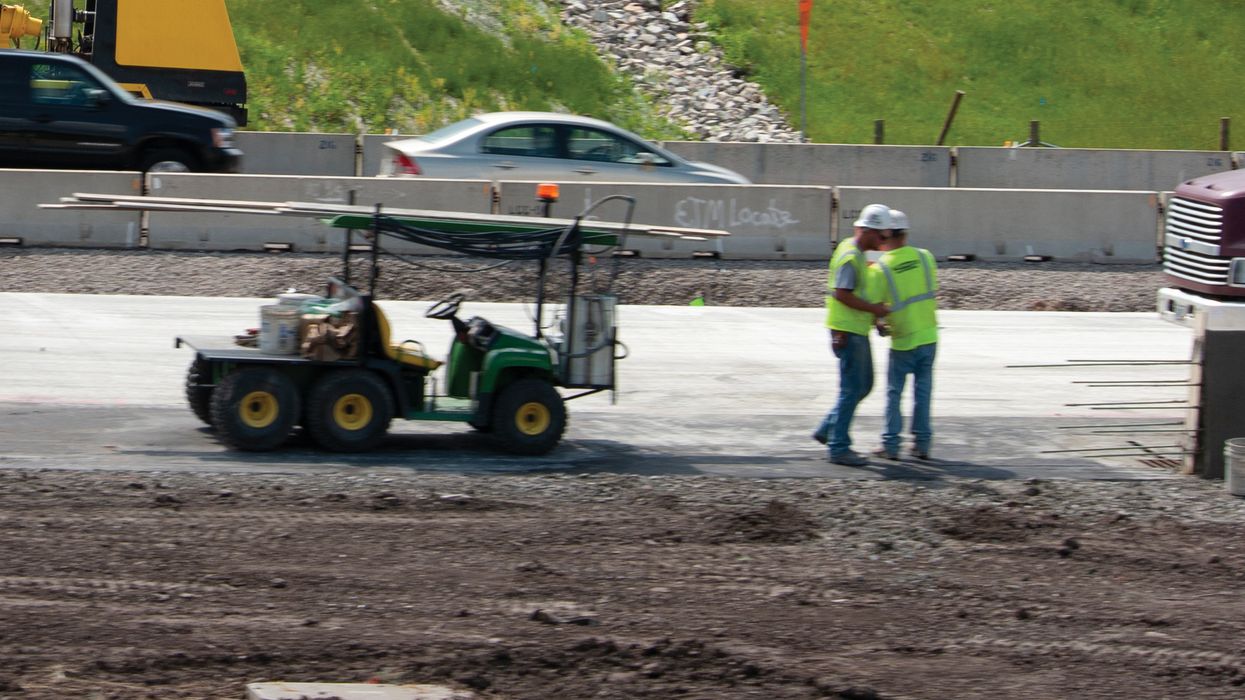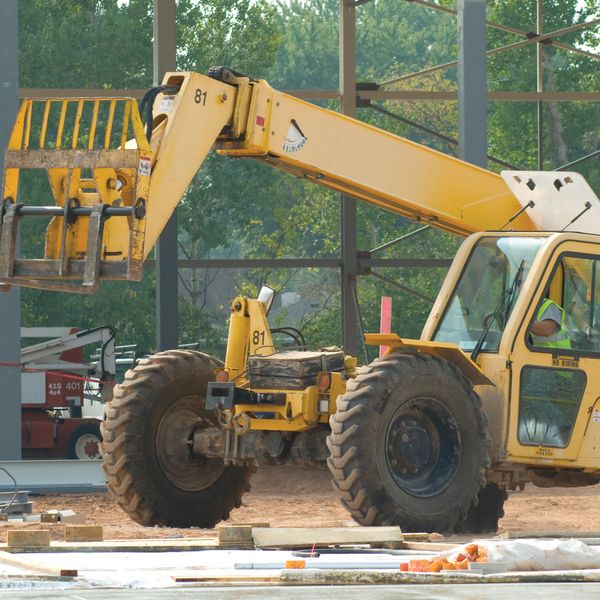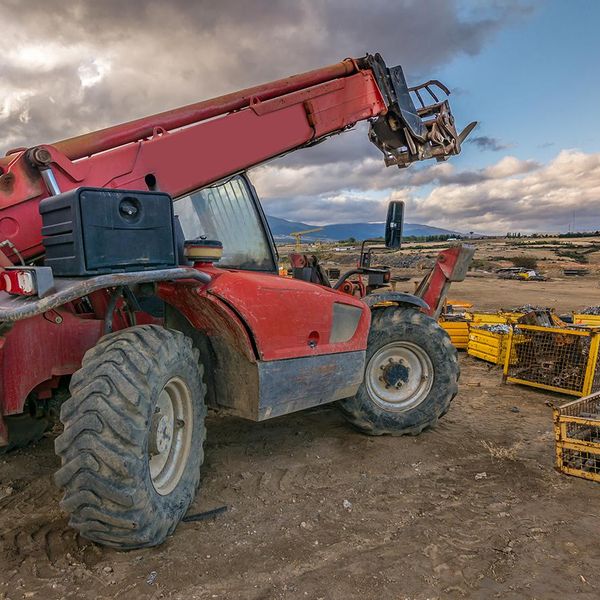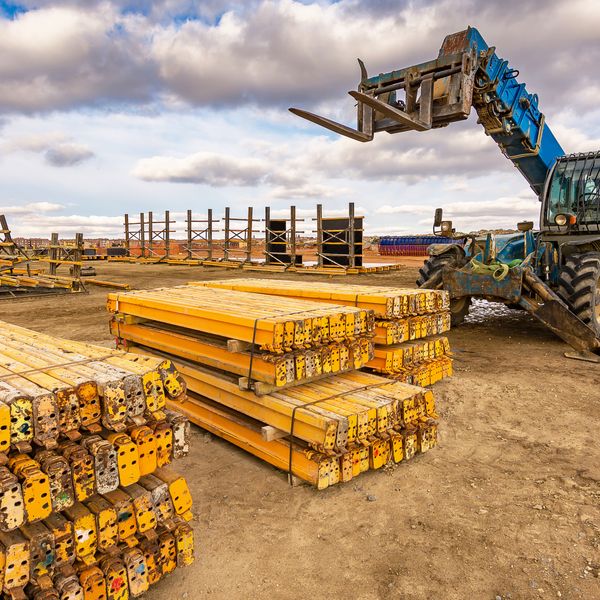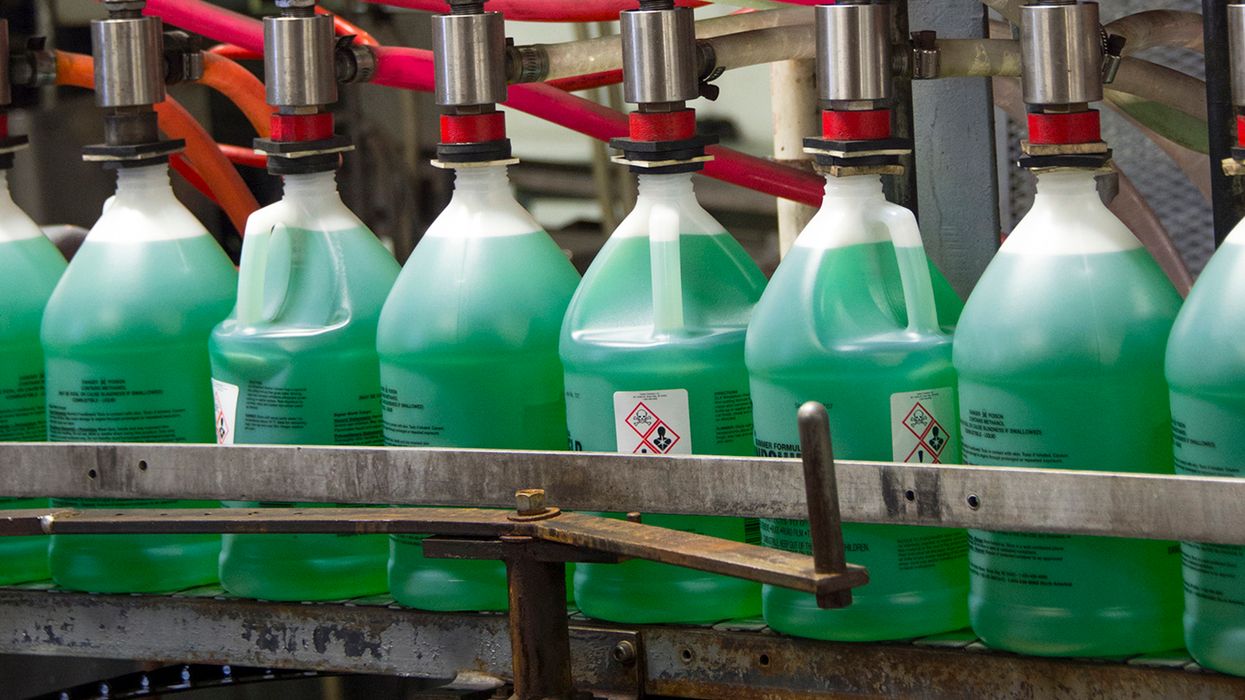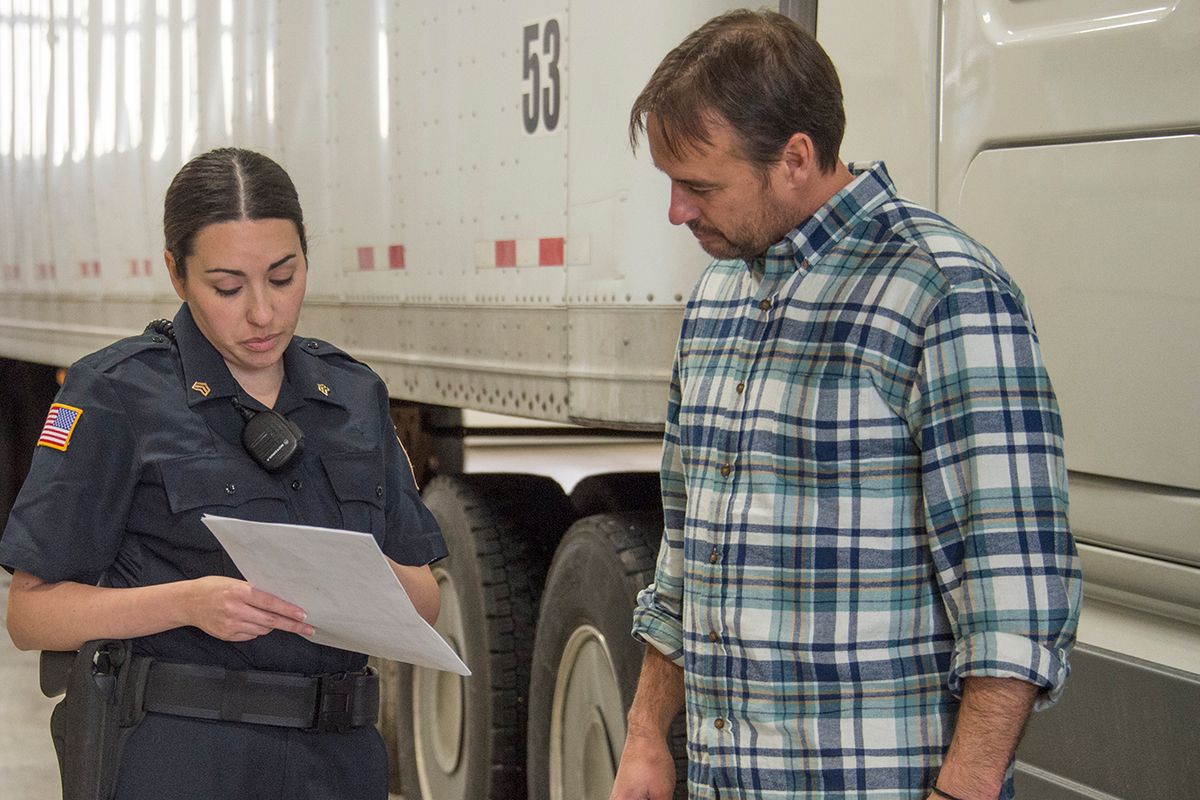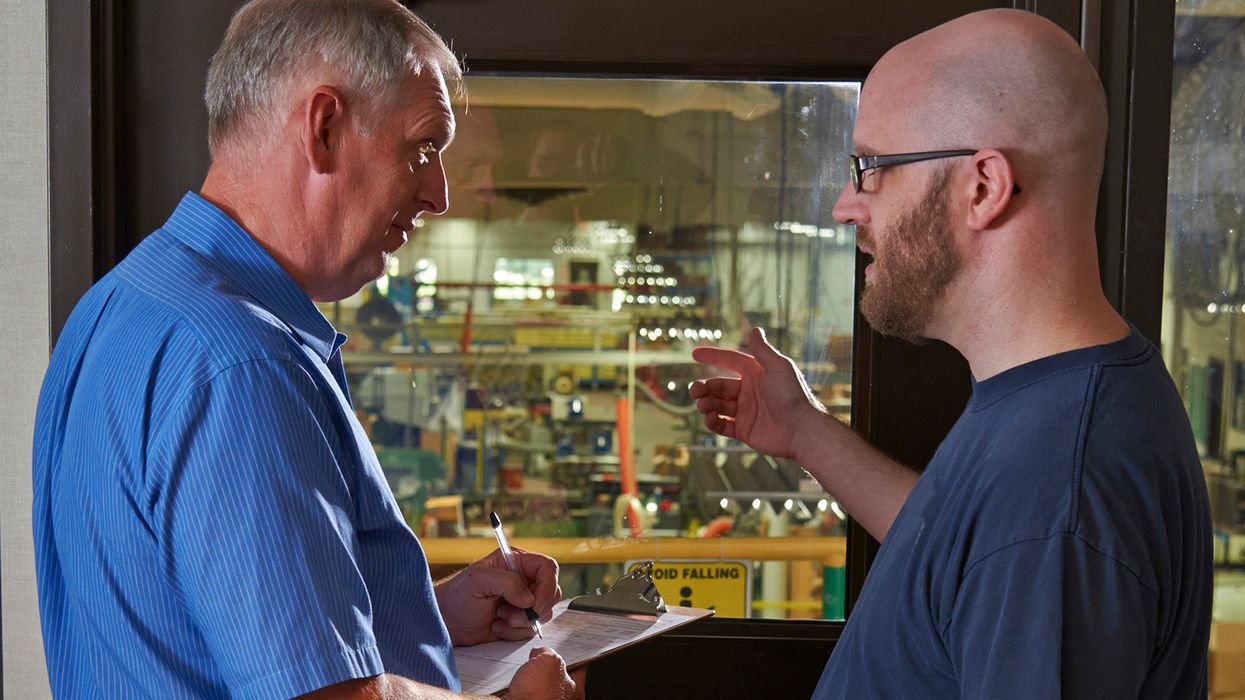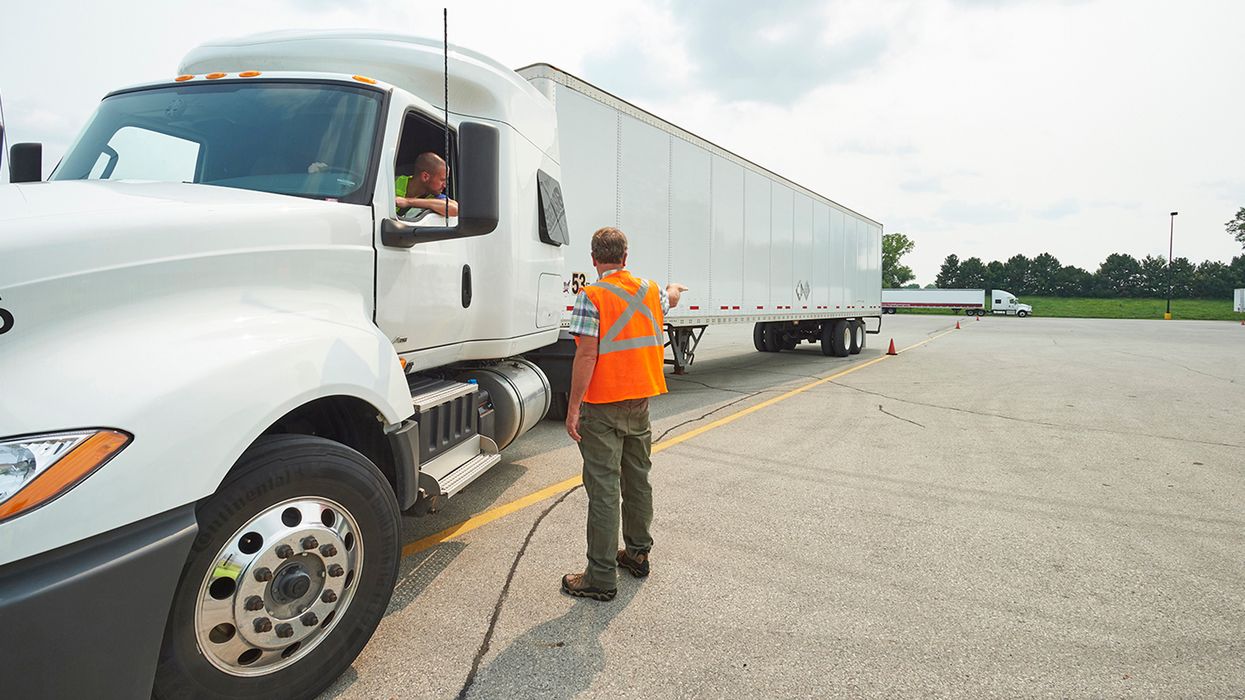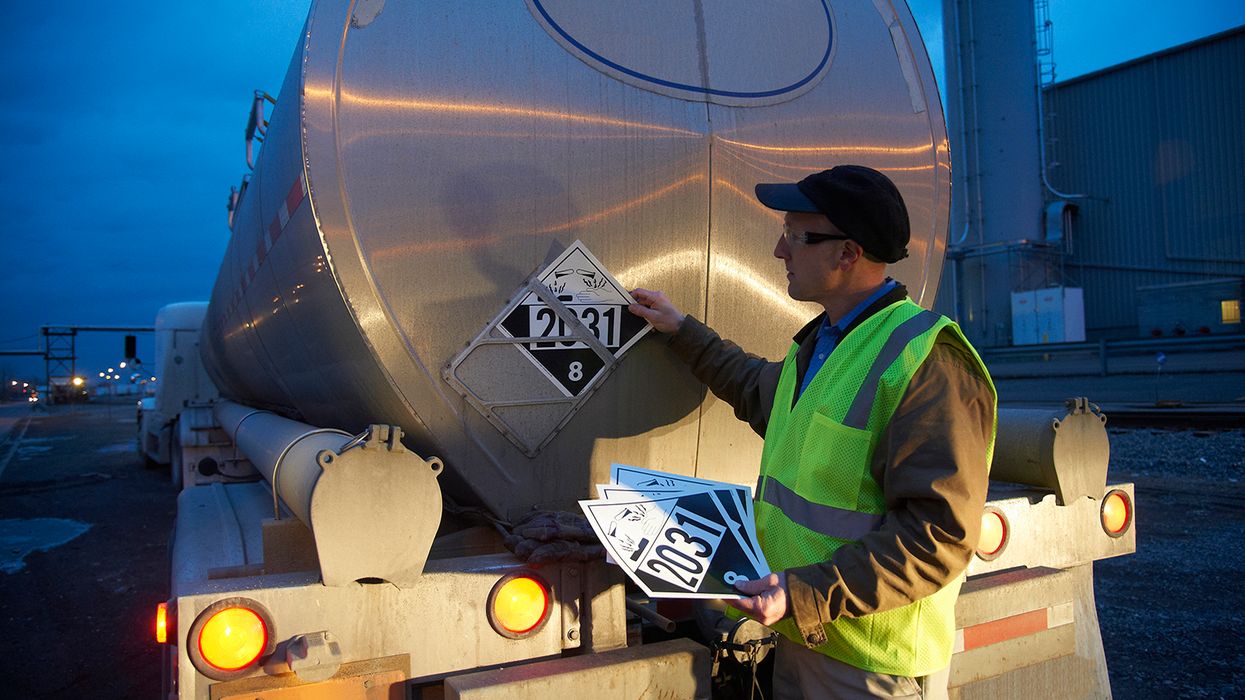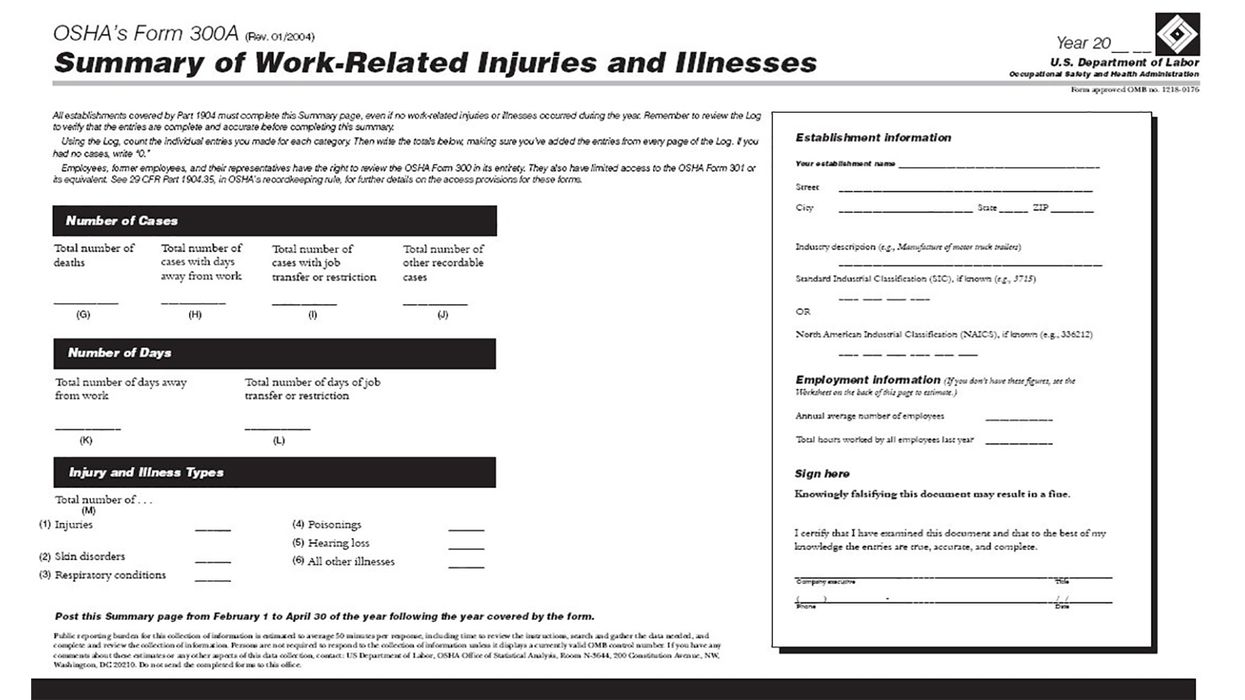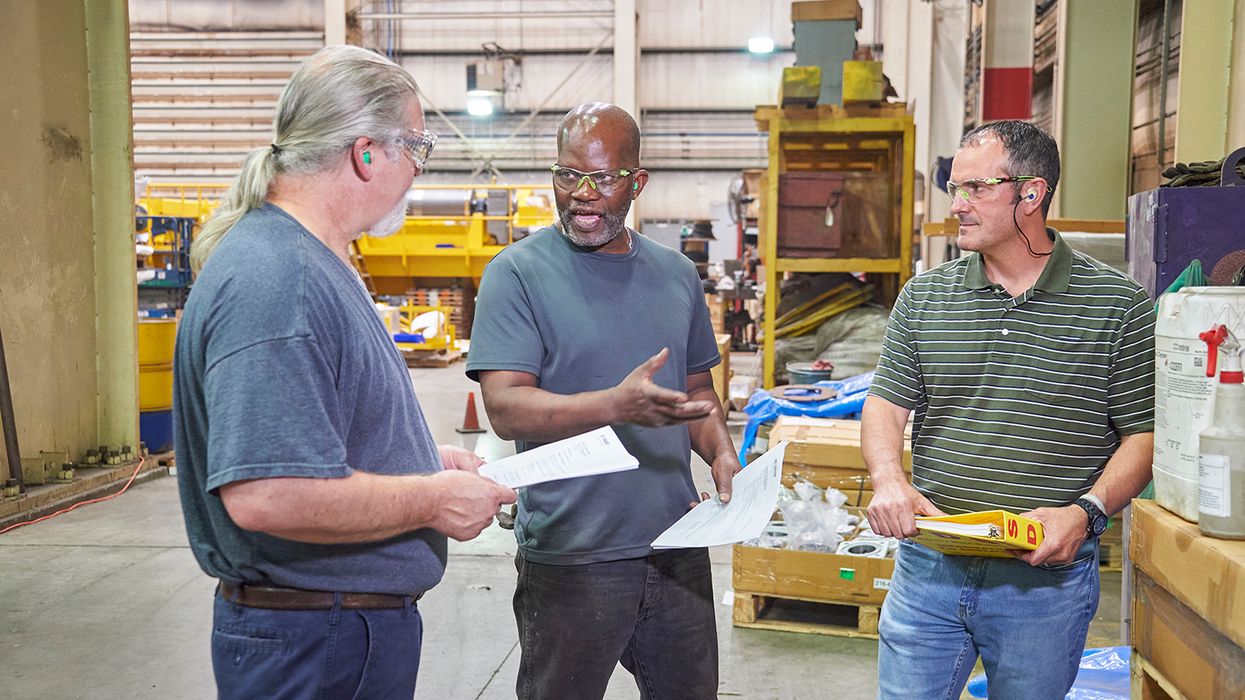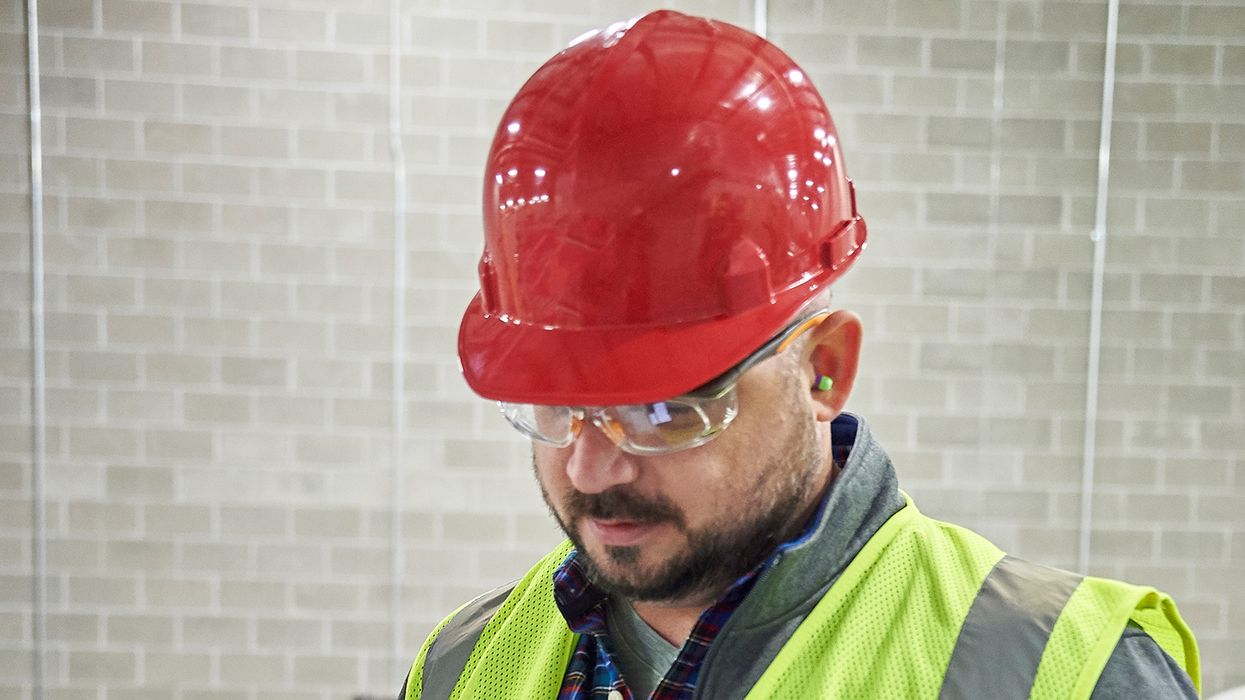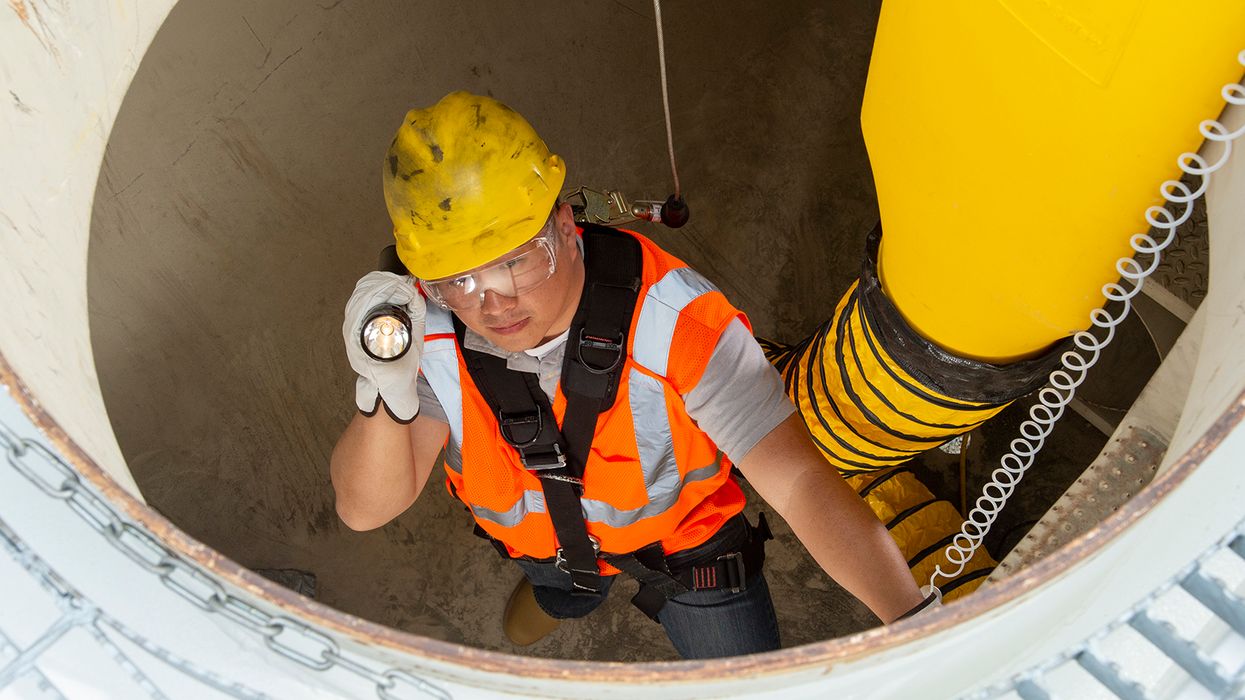Forewarn workers about golf cart hazards
A golf cart is commonly used for material handling on jobsites. Pick-up trucks have become too costly to buy and maintain. I worked on one jobsite that had 4,000 workers. The project manager bought 50 used SUVs and pick-up trucks from a local car dealer. The collective maintenance costs over the life of the project was more than the price of the vehicles. At the end of the job, the trucks were so worn down that management couldn’t even give them away for free and ended up paying more money to dispose of them. Using motorized carts can even be less expensive than using a telehandler or other mechanical equipment. They’re also more maneuverable in tight spaces.
Design
Many jobsites use golf carts for material handling, carrying small tools and materials around the job, and transporting workers. When I first started working in construction safety over 15 years ago, the only choice was to use an actual golf cart. Now there are many different options designed with construction jobsites and workers’ needs in mind. I’ve seen some souped-up carts with mud-terrain tires, a blade for snow removal, heating and air conditioning, and an enclosed cab. Golf carts don’t have the same safety and performance features as cranes or telehandlers. Golf carts were designed for getting around a fairway, not construction sites. Keep in mind that if you’re using any cart on your jobsite, it requires increased safety attention.
A golf cart used for material handling could be retrofitted with a basket on the back, large enough to accommodate materials, tools, etc. An alternative to the basket would be to buy a wagon cart to pull behind the golf cart. With these modifications, they can be a safe alternative. Motorized carts with a built-in cargo bed are available if making changes aren’t a possibility or are not approved by your cart’s manufacturer.
Occupancy
Be aware of passenger limits and load capacity. Golf cart seats are designed for worker use with a lot of legroom between the seat and the front of the cart. This makes it easy to place items in this area or on the passenger seat for transport.
It’s not uncommon for objects on the passenger side to slip off the seat. If it falls on the cart’s floor, it could easily depress the gas pedal. If the ignition switch is in the “on” position, the cart could move. Placing things on the seat and not securing them can expose anyone in the vicinity to severe injury.
Parking
Safely parking a golf cart is as important as safely operating one. Most golf carts are equipped with a “kill” switch in the gas pedal. A “kill” switch allows the ignition switch to be in the “on” position, but the cart will not move until the gas pedal is depressed. Depressing the gas pedal is like shifting a car into “drive.” Relieving pressure on the gas pedal of a cart acts like applying the brake in a passenger car.
Leaving the ignition switch of a golf cart in the “on” position allows the driver to start and stop the cart by merely depressing or releasing the pedal. Workers need to put the golf cart in neutral, shut the power off, and set the parking brake when unattended.

